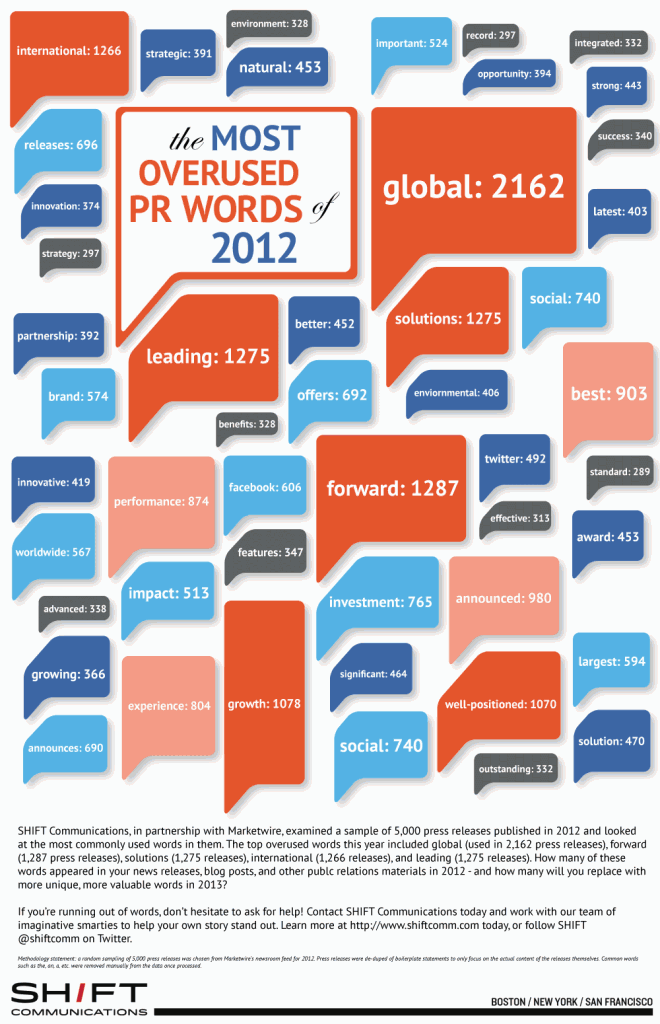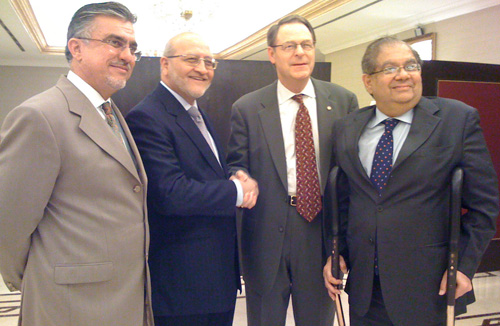I noticed a piece recently on ReadWriteWeb about media relationships, a guest post by the marketing guy for an e-commerce startup specializing in co-created custom dress shirts.
Very different space, but what he has to say about getting media and general reader attention translates really well to justa bout any industry, and certainly an emerging one like digital signage.
He writes about starting with the basics, which is preparing something that is actually interesting and clearly understood by readers.
Don’t be an exact copycat to stories that have already been published. In other words, if say Apple is using biodegradable materials for its hardware that reduces its carbon footprint by 20%, you shouldn’t pitch that you are using similar materials for your gadgets and that you are saving 20% off your carbon footprint too.
What would be compelling is you saying that you are using XYZ new materials for your hardware and how you have reduced your carbon footprint by 75%. (Hopefully there is already buzz about how awesome those materials are, but if not, this could be an opportunity to pitch your company as a case study.)
Is your content easy to digest?
This might sound overly simplistic, but use bullets if you can. Journalists dread long emails. They absolutely dread it. So make your pitch short, sweet and simple – and what’s simpler than some nice bullet points? Don’t be too vague for the sake of brevity. You don’t want to compromise the quality of your pitch by leaving out the meat, the important details. Numbers are useful and eye-catching too.
Does it make sense?
Can anyone other than you understand it? Is there too much industry jargon? Too much language only you and your team understand? Similar to the last point, make sure your content is readable. Put your Master’s degree and ego away. You want to make your message very easy to read and very clear, so simplify the language of the pitch.
Split up long paragraphs for a quicker read. Five, three-sentence paragraphs are easier to digest than one fifteen-sentence paragraph. One of the worst things you can do is confuse a journalist. Overwhelming the journalist with technical information could elicit enough interest that they respond to your pitch. But it’s most likely they will just trash the email.
Does it really sound compelling?
Did you fool yourself into thinking that your story has legs? What’s the benefit for the writer’s audience? You have to be giving in your pitch, not self-serving. What I mean is that you have to give the writer a story he or she can’t refuse because their audience will love it.
You can’t look at media coverage as simply a means for promotion. Media’s purpose is to provide quality content to readers who are waiting to gobble up important and relevant information, so heavily consider the journalist’s and their audience’s needs when crafting a newsworthy pitch.
Some additional tips on how to be newsworthy include getting a few objective eyes to check out your pitch and provide feedback. It would be ideal to have the eyes of readers of the publications you are pitching, too. After rewriting your pitch, test it out on a few journalists and see how they react! Not receiving a response at all is definitely considered a reaction, although it doesn’t necessarily mean your pitch is bad, it’s just bad for them. After receiving their reactions, you may have to iterate on your pitch to provide them with a story that they would be compelled to write about.
Nothing groundbreaking here, but as someone who reads press releases every day I can assure you many, many companies blithely ignore these basics. I had a release come to me the other day from a company I’ve started to get to know, and was interested in a new service they have developed.
The release was so filled with corporate chest-beating and jargon, it was hard to figure out what the service was that was supposed to be new and worth the attention of readers. I got an unprompted email from a business friend – smart guy, a CEO – asking if I could figure out what the service was all about. He too struggled with the release.
Today’s news releases cannot, should not be prepared as they were 10 years ago, or even five years ago. The Internet has changed all that and most of the people who read the release will not see it as converted from PR Martian to English by an editor. They will read it unfiltered.
And if they are going to need to endure a bunch of crap about how great the company is, and then find a decoder ring to figure out what the release is all about, that’s a completely wasted effort and opportunity.
Remember the basics.


